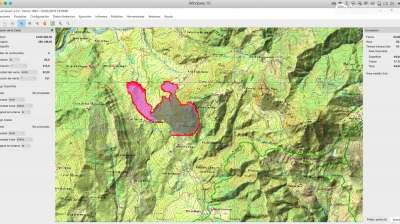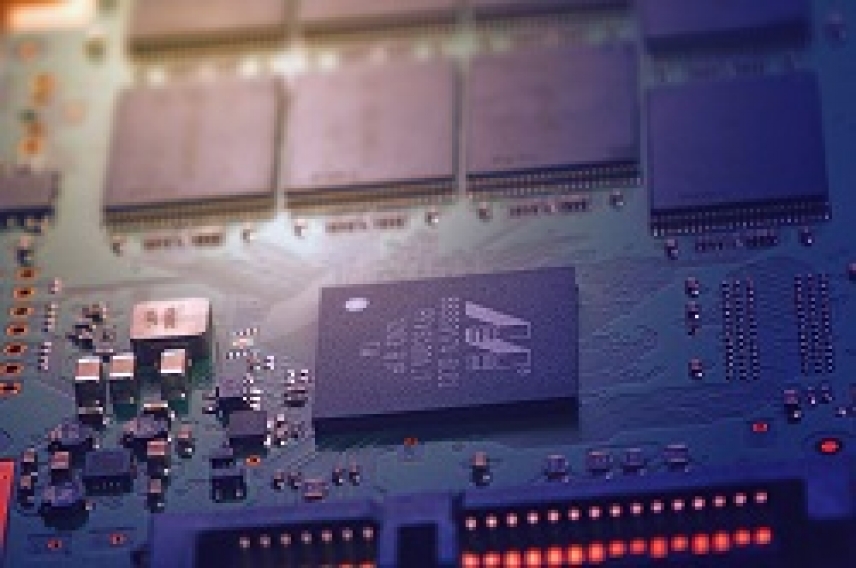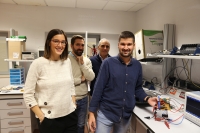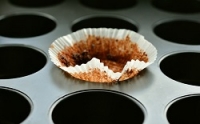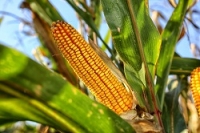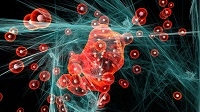Computer Program Designed to Calculate the Economic Impact of Forest Fires
Escrito por UCC+IVisual Seveif software measures the economic impact of a fire, taking into account both material resources and their utility for leisure and recreation, the landscape's value and, now, carbon fixation
University of Cordoba researchers are able to improve prediction systems by reducing the quantity of information
Technology is taking giant leaps and bounds, and with it, the information with which society operates daily. Nevertheless, the volume of data needs to be organized, analyzed and crossed to predict certain patterns. This is one of the main functions of what is known as ‘Big Data’, the 21st century crystal ball capable of predicting the response to a specific medical treatment, the workings of a smart building and even the behavior of the Sun based on certain variables.
A University of Cordoba research group has developed a low cost sensor to custom measure the power quality of the structure in each device
More and more facilities are implementing management systems under the industry 4.0 paradigm based on smartness and efficient management. In particular, appliances come with an increasing amount of functions that make household chores easier: refrigerators that regulate their own temperatures or predict which foods need to go on the shopping list. But, what if, in addition to these features, appliances were able to measure the quality of the power they are supplied with? This would allow for self diagnoses, knowledge about what happened in the case of malfunction and the prevention of future malfunctions.
Low-cost formulas in the manufacturing of non-stick food molds
Escrito por UCC+IA University of Córdoba research group designs a new way to manufacture molds allowing small and medium-sized businesses to improve their creativity
There is good news for amateur bakers of cakes, muffins and pastries made in extravagant shapes and small and medium-sized baking businesses. Molds will cease to be a problem if the system designed by a University of Cordoba Belmez Polytechnic School research group progresses. This system manufactures non-stick food molds at a low cost.
Extraction of cellulose nanocrystals from corn residue
Escrito por UCC+iA researcher at the University of Córdoba, working with American and French scientists, has succeeded in obtaining this resistant material from one of the world's most abundant agricultural residues
Nanocrystals, discovered only a few years ago, may provide the scientific community with the new building material of the future. These tiny cellulose crystals are the most abundant organic biomolecule in the earth's biomass. Despite their light weight and flexibility,they have been proved to offer greater resistance than steel. They are therefore valuable in a wide range of applications aimed at strengthening and hardening building materials, as well as in mechanics and biomedicine.
Scientists develop a new material for manipulating molecules
Escrito por UCC+iA scientist at the University of Córdoba, working with an international research team, has created a new porous single-crystal material which could have numerous applications in nanotechnology and catalysis.
Porous materials contain intermolecular spaces or cavities between atoms. Because these cavities, known as pores, can store and even separate molecules, such materials are of great value in the field of nanotechnology. Already of unquestionable importance in industrial applications, there is still some scope for improving the properties of porous materials.


